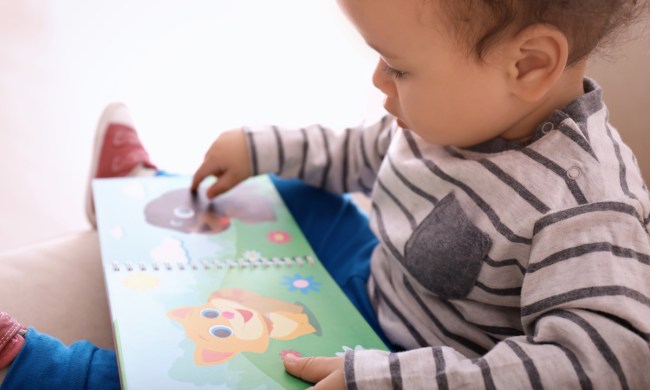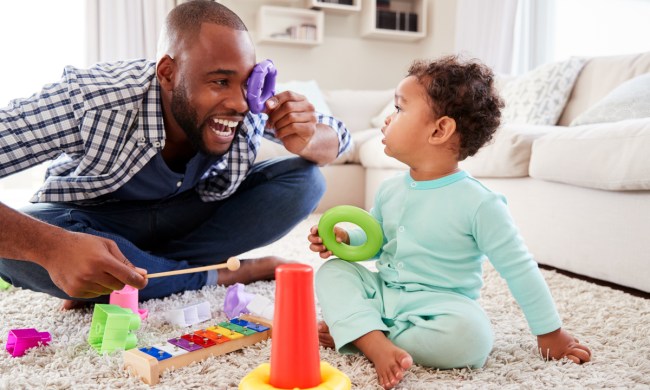Raising a well-mannered kid is a dream of most parents. You want a child who says “please” and “thank you,” asks politely for snacks and toys, and never talks back. Unfortunately, this angel-like child can’t be formed overnight. It takes time, patient parenting, and being a good example to help your child develop long-lasting manners. Your child spends a lot of time with you, so they tend to pick up on your mannerisms. That is why it is so important to do your best around your child to ensure that they will be polite, well-behaved, and kind members of society.

Evaluate your own behavior first
Sometimes, one of the most difficult things can be accepting that you are flawed in some ways. Everyone is flawed. Nobody is perfect, and it is important to understand that. When you take a step back and look at your own behavior and mannerisms, it can be easy to see what things you should improve on. It can be helpful to talk to your spouse/partner or someone you trust, so you can better understand ways to improve. This is something you can do for your spouse or partner, as well.
Once you understand how you can best present yourself, you can begin being the great example that you want to be for your children. Kids love to copy their parents because they look up to them. So, if you are a well-mannered, kind person, then your kids will be, too.
Make a list
Lists are fun, and you can make them big and bright for your child. You can display the list on a chalkboard or on a poster in your child’s room. When deciding where you want to put the list, ensure that it is big, visible, and something that your child sees every day. There are a lot of great tips and reminders you can add to the list that will help your child remember their manners. Some ideas to add are:
• Always say “please” and “thank you”
• Eye contact is fun and empowering
• Apologize when you’re wrong
• Smile and be positive
• Say “excuse me” when you need to get past someone
• Treat others how you want to be treated
Be open with your child

You may think that you have to trick your child into believing that manners are fun, but being honest with them will ensure a more meaningful message. It is important to be open with your child, even if they are young. Children have more understanding of the world than you may think. They are inherently good beings, so they will appreciate you being open with them about your faults and how you can both be well-mannered people.
If you slip up in front of your child, explain to them that it is okay to make mistakes as long as you learn from them. If you curse or yell in front of them, take the time to let them know that you could have handled the situation better. It is much more impactful to be honest than to tell them that it’s okay for you to do that but not them. They will respect you as a human being and learn to be a more understanding and kind individual.
Try to restrict cursing

It can be tough to hold in a few choice words when that lousy driver cuts you off on the highway, but it is important to do for your child. While your child will definitely hear all the awful words of the world at some point, you can help teach them that it doesn’t always have to be a part of their language. You can get creative and change up your curse words so they sound innocent and funny. Try words like “shiitake mushrooms” or “fudge” or “gosh darn it.” These words also sound a lot like certain curse words, so if you start to say one, you can quickly turn it into a more innocent version.
Make manners fun

One of the best ways to teach your children manners is to make the process fun. There are a lot of great ideas, tips, and tricks to help your child remember to be kind and polite. Some great options are:
• Create a manner-themed song together
• Write your own children’s book about manners
• Buy children’s books about being polite
• Take your child to etiquette classes or tea parties where there good manners are displayed
• Watch shows together that promote being well-mannered
• Show your child how to be kind by making care packages and delivering them to family, friends, or neighbors
• Volunteer with your child
Being a parent is a tough job, and doing your best is all that you can really do. By using some of these tips and ideas, you can help your child become a polite, well-mannered individual. Learning manners is a long process that can take years for your child to develop. Manners are never really fully learned. Even adults can change and improve themselves. So, when it comes to being a good example for your child, be honest, be open, and be there for them so they can continue to develop and improve for years to come.


